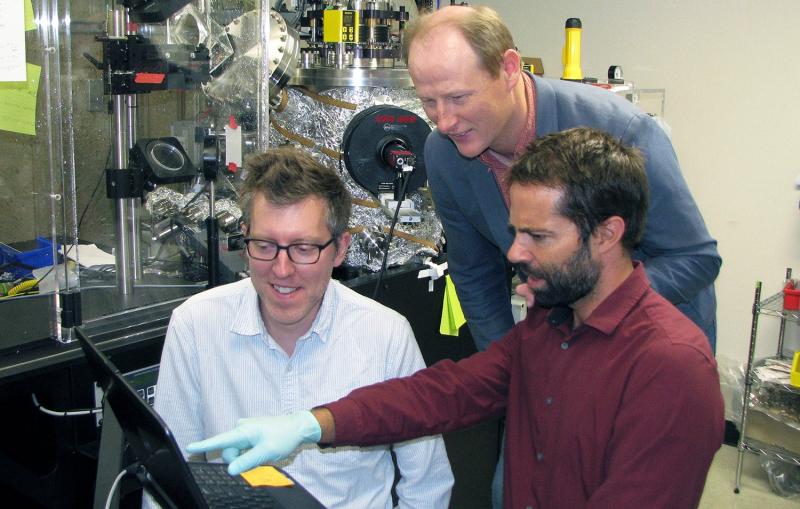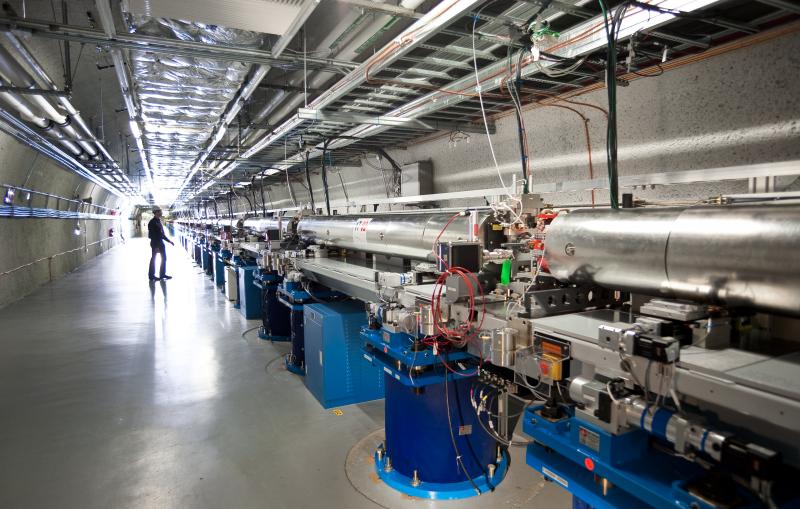

Where can we find clean drinking water? How can we remove excess carbon dioxide from the oceans? When can a contaminated site be declared clean? Molecular environmental scientists look for answers to big questions like these by zooming in on their smallest components: Chemical reactions taking place at the scale of molecules and atoms.
Related link:
Energy sciences

